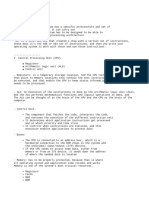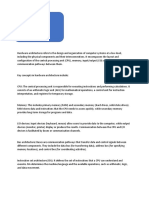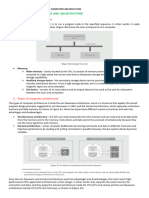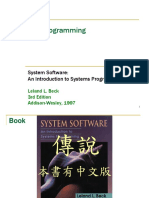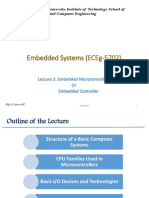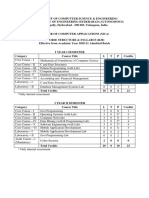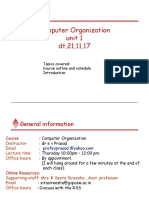0% found this document useful (0 votes)
41 views4 pagesComputer Architecture Notes
Computer Architecture encompasses the structure and organization of hardware components in a computer system, including the CPU, memory, and I/O devices. Key concepts include the CPU's components, memory hierarchy, instruction set architecture, and performance metrics. Understanding these foundational elements is crucial for advanced studies in computer systems design and related fields.
Uploaded by
erickflorianaCopyright
© © All Rights Reserved
We take content rights seriously. If you suspect this is your content, claim it here.
Available Formats
Download as PDF, TXT or read online on Scribd
0% found this document useful (0 votes)
41 views4 pagesComputer Architecture Notes
Computer Architecture encompasses the structure and organization of hardware components in a computer system, including the CPU, memory, and I/O devices. Key concepts include the CPU's components, memory hierarchy, instruction set architecture, and performance metrics. Understanding these foundational elements is crucial for advanced studies in computer systems design and related fields.
Uploaded by
erickflorianaCopyright
© © All Rights Reserved
We take content rights seriously. If you suspect this is your content, claim it here.
Available Formats
Download as PDF, TXT or read online on Scribd
/ 4














































